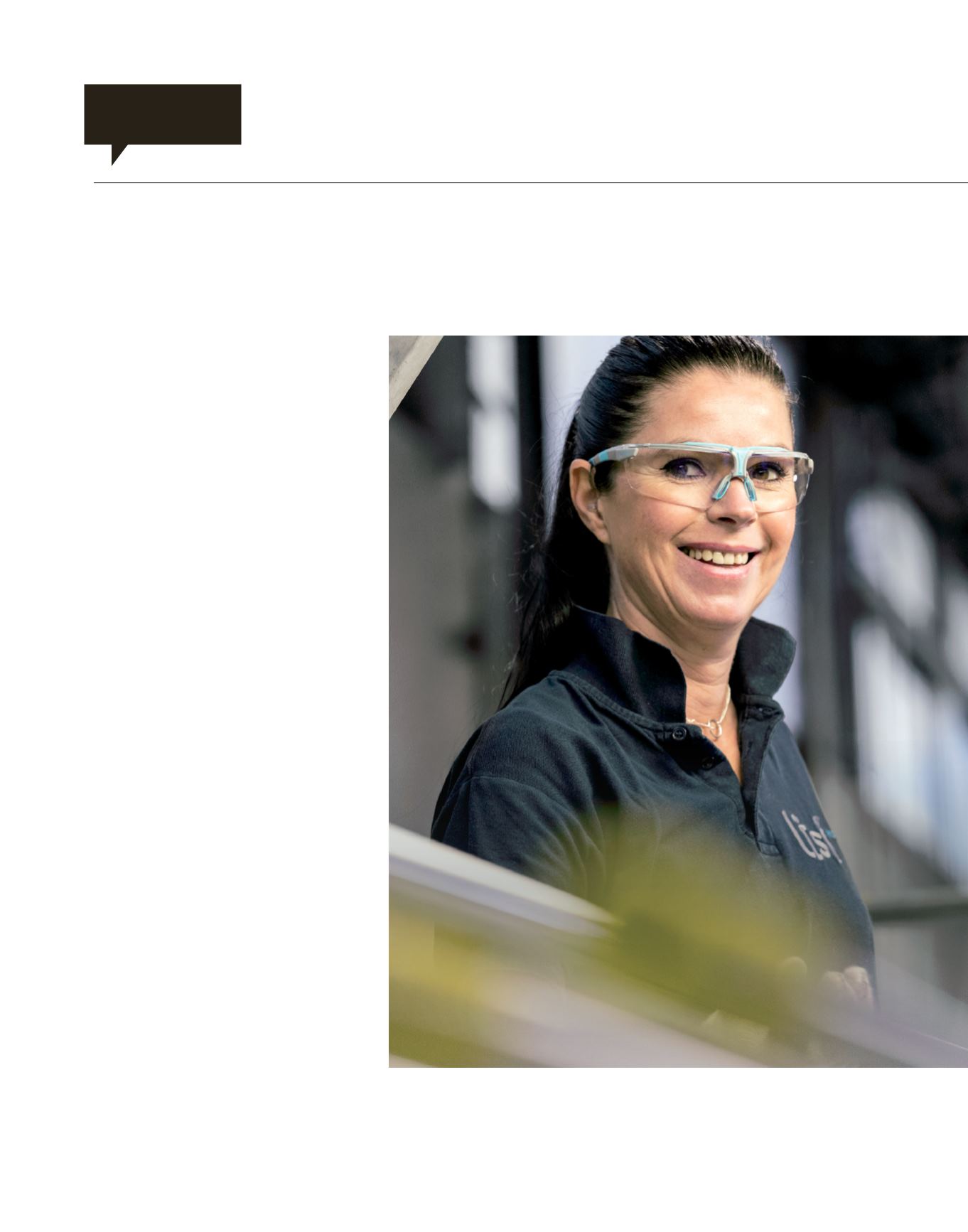

50 I
LISI 2016 ANNUAL REPORT
Encouraging results
T
he implementation of the LISI HSE
Excellence program is one of the keys
to improving the Group’s performance
in terms of the mastery of risks directly
related to the health and safety of LISI employees.
The tools deployed under this program make
it possible, first of all, to define shared risk
management methods
(LISI Risk Management)
, to
adopt identical prudential rules
(Golden Rules)
and
to accelerate the deployment of a joint risk control
culture
(Safety Culture Program)
. Designed to
accelerate the emergence of an ambitious collective
approach, the LISI HSE Excellence program can lay
solid foundations and improve daily practices.
Accidents at work:
a stabilized frequency rate
Measured at the end of 2016, the frequency rate of
accidents with or without lost time that involved a
LISI or temporary (TF1) employee stabilizes around
14.3. The overall trend in the past years remains
positive. The LISI Group displays a TF1 (accident
frequency rate with and without lost time) improved
by 30% compared to 2010 (56% compared to 2007).
These results are evidence of the effectiveness of the
continuous work done in terms of controlling health
and safety risks. Nevertheless, LISI has even higher
ambitions, and is not yet satisfied with these results.
All human, organizational and technical resources
are mobilized to make further improvements.
While the frequency rate of accidents with and
without lost time stabilizes at 14.3, more than half of
the Group’s sites display levels below 10. Seven of
them experienced no accident with or without lost
time in 2016.
HEALTH & SAFETY
-12
%
-37
%
-30
%
Drop in TF0 type accidents
(with lost time) since 2010
Fall in the level of
seriousness of work
accidents (TG0) since 2010
Drop in TF1 type accidents
(with and without lost time)
since 2010
“In 2016, the LISI Group invested €8.1m
in systems to allow a reduction in
the environmental impact of its activities
and to improve safety and work conditions”


















